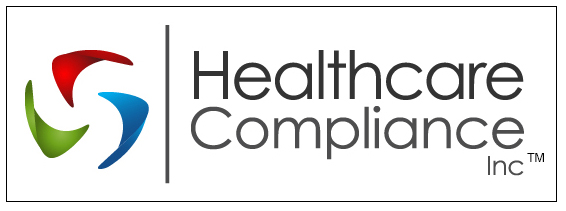On April 12, 2016, the Internal Revenue Service (IRS) issued Revenue Procedure 2016-24 to index the contribution percentages in 2017 for purposes of determining the affordability of an employer’s plan under the Affordable Care Act (ACA). For plan years beginning in 2017, employer-sponsored coverage will be considered affordable if the employee’s required contribution for self-only coverage does not exceed:
- 9.69% of the employee’s household income for the year, for purposes of both the pay or play rules and premium tax credit eligibility; and
- 8.16% of the employee’s household income for the year, for purposes of an exemption from the individual mandate.
These updated affordability percentages are effective for taxable years and plan years beginning after Dec. 31, 2016.
Overview of the Affordability Requirement
Under the ACA, the affordability of an employer’s plan may be assessed in the following three contexts:
- The employer shared responsibility penalty for applicable large employers (also known as the pay or play rules or employer mandate);
- An exemption from the individual mandate tax penalty for individuals who fail to obtain health coverage; and
- The premium tax credit for low-income individuals to purchase health coverage through an Exchange.
Although all of these provisions involve an affordability determination, the test for affordability varies for each provision. The IRS previously adjusted the affordability contribution percentage for 2015 in Rev. Proc. 2014-37, and for 2016 in Rev. Proc. 2014-62.
Affordable Employer-sponsored Coverage
Under the ACA, employees (and their family members) who are eligible for coverage under an affordable employer-sponsored plan are generally not eligible for the premium tax credit. This is significant because the ACA’s penalty for applicable large employers (ALEs) is triggered when a full-time employee receives a premium tax credit for coverage under an Exchange.
To determine an employee’s eligibility for a tax credit, the ACA provides that employer-sponsored coverage is considered affordable if the employee’s required contribution for self-only coverage does not exceed 9.5 percent of the employee’s household income for the tax year. After 2014, this required contribution percentage is adjusted annually to reflect the excess of the rate of premium growth.
Employer Shared Responsibility Rules
Starting in 2015, the ACA’s employer shared responsibility or “pay or play” rules require ALEs to offer affordable, minimum value health coverage to their full-time employees (and dependents) or pay a penalty. ALEs are employers that have, on average, at least 50 full-time employees (including full-time equivalents) during the preceding calendar year. Many ALEs were first subject to these rules starting in 2015. However, ALEs with fewer than 100 full-time (and full-time equivalent) employees may have had an additional year, until 2016, to comply. Therefore, for 2014, employer-sponsored coverage was considered affordable under the employer shared responsibility rules if the employee’s required contribution for self-only coverage did not exceed 9.5 percent of the employee’s household income for the tax year (9.56 percent for 2015, and 9.66 percent for 2016).
For 2017, Rev. Proc. 2016-24 increases the affordability contribution percentage to 9.69 percent. This means that employer-sponsored coverage will be considered affordable under the employer shared responsibility rules if the employee’s required contribution for self-only coverage does not exceed 9.69 percent of the employee’s household income for the tax year. The affordability test applies only to the portion of the annual premiums for self-only coverage, and does not include any additional cost for family coverage. Also, if an employer offers multiple health coverage options, the affordability test applies to the lowest-cost option that also satisfies the minimum value requirement.
For more information on Affordable Employer-sponsored Coverage or Employer Shared Responsibility, contact Healthcare Compliance Inc.

